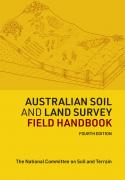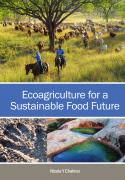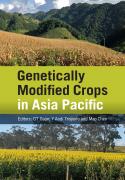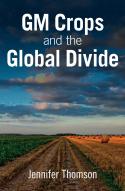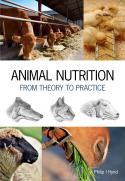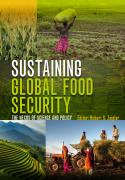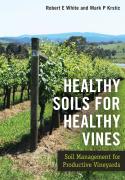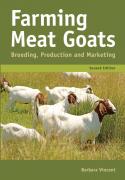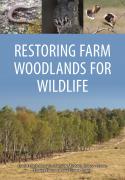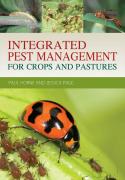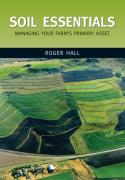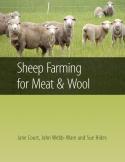The Australian Soil Fertility Manual is a trusted guide to the safe use and handling of fertilizers. It describes the types of agricultural soils, how they are classified and the interaction of soil, water and nutrients. It also provides an insight into how plants utilise nutrients and the role that individual nutrients play in the process of plant growth.
This edition has been revised to reflect an increased emphasis on the environmental fate of nutrients and appropriate management strategies. It also has additional information on soil physical, chemical, and biological properties and discussions on the use of lime, dolomite and gypsum.
New content covers liming effectiveness, nitrogen water use efficiency, regulations for handling and using fertilizers, storage and transport of security sensitive ammonium nitrate, budgeting for profitable nitrogen use and best management practice for nitrogen and phosphorus fertilizers. The chapters on potassium; calcium, magnesium and sulfur; plant nutrients and the environment; and heavy metal in fertilizers and agriculture have all been extensively revised and rewritten.
This important work will be an essential text for fertilizer dealers, extension workers, consultants, teachers, farmers, horticulturists, graziers and others concerned with the profitable and environmentally safe use of plant nutrients.
- Page 1Abstract
Law of the Minimum; essential elements; soil texture and structure; water availability; soil compaction; non-wetting sands; soil colloids; ionic activity; cation exchange capacity; anion retention; organic matter; soil depth; topography; soil organisms; nutrient balance; salt index.
- Page 11Abstract
What is pH?; factors affecting pH; measuring pH; lime requirement; reasons for using lime; desirable pH varies; how lime acts; frequency of lime application; liming materials; placement of lime; calcareous, saline and sodic soils.
- Page 23Abstract
The role of nitrogen; deficiency symptoms; nitrogen and water use efficiency; nitrogen in the soil and air; nitrogen transformations in the soil; nitrification; denitrification; stabilising nitrogen; nitrification and urease inhibitors; fixation of nitrogen; losses of nitrogen from the soil; nitrogen and soil acidity; sources of fertilizer nitrogen; nitrogen budgeting; best management practices.
- Page 39Abstract
The role of phosphorus; deficiency symptoms; phosphorus in the soil; movement of phosphorus in the soil; factors affecting availability of phosphorus; methods of application; sources of phosphorus fertilizer; best management practices; fertilizer terminology.
- Page 53Abstract
The role of potassium; deficiency symptoms; forms of potassium in the soil; movement of potassium in the soil; fertilizer potassium in the soil; factors affecting uptake of potassium; methods of application of potassium fertilizer; sources of potassium fertilizer.
- Page 61Abstract
Their role in plants; deficiency symptoms; their occurrence in the soil; sources of calcium, magnesium and sulfur; interaction of sulfur with nitrogen.
- Page 67Abstract
Soil-plant relationships; boron, chlorine, copper, iron, manganese, molybdenum, selenium, zinc and their application; sources of micro-nutrients; factors affecting their availability.
- Page 79Abstract
Soil, plant and water testing; what testing can do; collecting samples; methods of analysis; what tests to do; interpretation of analysis; laboratories; movement of soil and plant samples – quarantine regulations; the complete diagnostician – putting it all together.
- Page 87Abstract
Soil fertility and farmer profits; effects of reduced or below optimum fertilizer rates; setting yield goals; high yields; environmental protection; residual value of fertilizers; profitability of fertilizer application; fertilizer budgeting; balanced use of fertilizer nutrients; mycorrhizae; crop diseases and rotations; nitrogen fertilizer and grain protein; organic fertilizers; liming acid soils; cultivation practices; quality of produce; long-term fertilizer use; decision support software.
- Page 101Abstract
Nutrients and the environment; water use efficiency; soil salinity; soil acidification; fertilizer impurities; intensive farming systems; benefits of profitable farming and environmental safety; Fertcare® role.
- Page 107Abstract
Effects on human health; cadmium in soils, plants, animals and human health; effect of phosphorus fertilizers on soil cadmium; lead in soils, plants, food and human health; mercury in fertilizers, soils, food and human health; heavy metals in fertilizer products.
- Page 113Abstract
Core technology; global positioning systems (GPS), differential global positioning systems (DGPS), data acquisition and geographic information systems (GIS); variable rate application; field variability; getting started in precision agriculture.
- Page 123Abstract
Regulations; codes of practice; fertilizer quality; physical properties of solid fertilizers; handling, transport and storage; converting nutrient application rates to fertilizer product application rates; comparing costs; calibration of applicators; fertigation; guidelines for safe handling of fertilizers; Fertcare® role.




